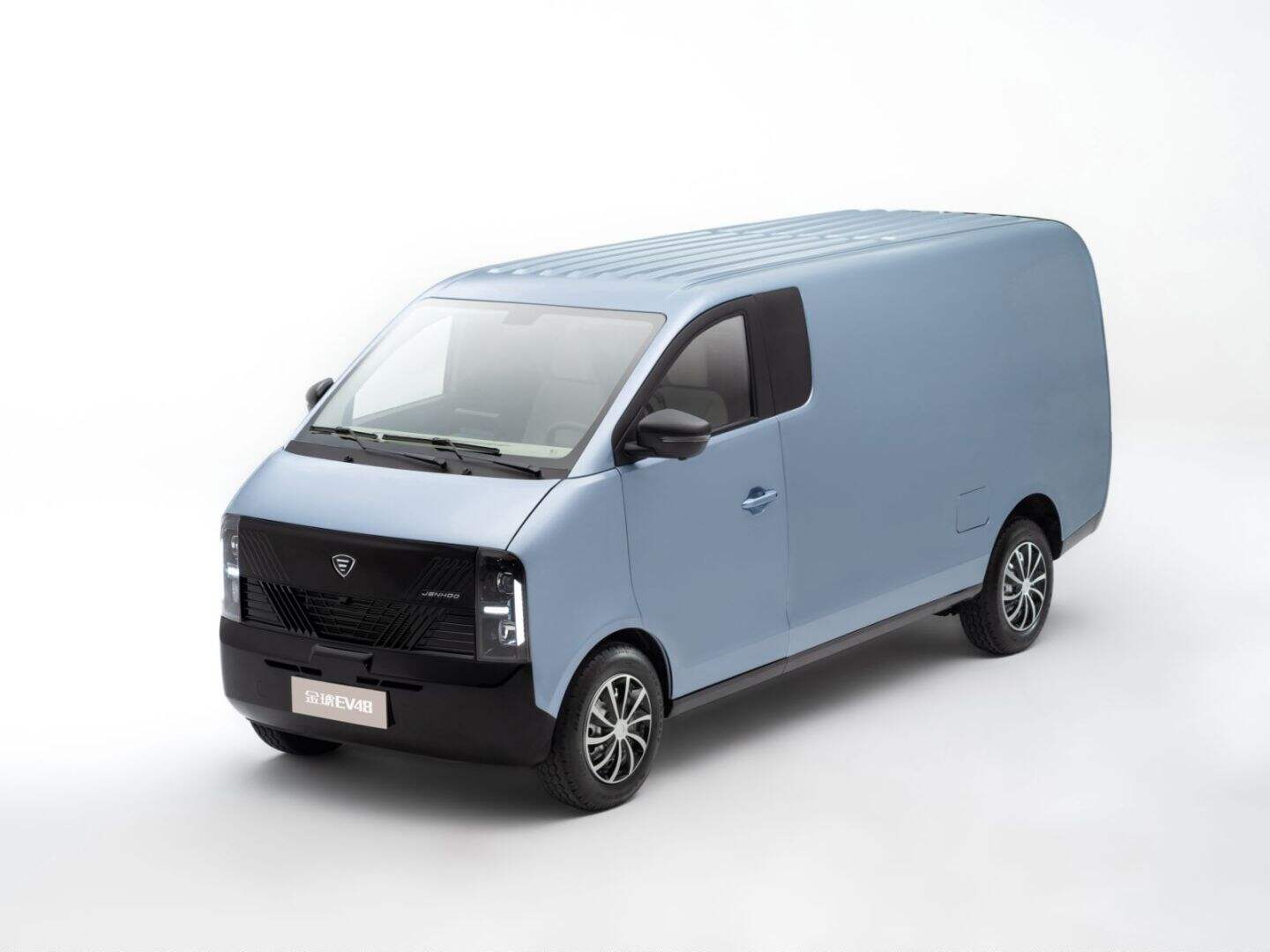minivan mileage
Minivan mileage represents a crucial aspect of modern family transportation, combining efficiency with practicality. These vehicles typically achieve between 20-28 mpg in city driving and 25-32 mpg on highways, depending on the specific model and driving conditions. Modern minivans incorporate advanced fuel management systems, aerodynamic designs, and efficient powertrain technologies to maximize fuel economy without sacrificing performance. Many current models feature cylinder deactivation technology, which automatically switches between four and six cylinders based on power demands, significantly improving fuel efficiency during highway cruising. The implementation of start-stop systems in urban environments helps reduce fuel consumption during idle periods. Additionally, hybrid variants have emerged in the market, offering exceptional fuel economy ratings of up to 36 mpg combined. These vehicles utilize regenerative braking systems and electric motor assistance to optimize fuel consumption, particularly beneficial in stop-and-go traffic situations. The impressive mileage figures are achieved while maintaining the spacious interior and versatile cargo capacity that families require, making minivans an economical choice for long-distance travel and daily commuting.


